Visual Guide to Candlestick Charting
$30.00
| Author(s) | |
|---|---|
| Format |
|
| Pages |
386 |
| Publication Year |
2012 |
Visual Guide to Candlestick Charting is highly visual and takes you through all of the information you need in order to master candlestick charting in the broader context of technical analysis. The purpose of setting up the book with these visual aids and in alphabetical order is to explain the meaning of each candlestick indicator, not only by defining the indicator itself and how it appears, but also to provide an analytical context. Knowing the importance of a candlestick indicator as it appears in the price chart helps improve the timing of entry and exit. Every trader needs to rely on analytical signals and patterns to anticipate price movements and to confirm those movements as rapidly as possible. This is where the strength of candlesticks is most important and most valuable.
Introduction:
Today, a majority of chartists and technicians are familiar with candlestick charting patterns. However, many chartists are not certain about how to interpret the dozens of indicators found through candlestick analysis, or how to use candlesticks along with other indicators to confirm reversal and continuation forecasts. This has led to the desire among traders for a consistent, reliable, and powerful system that supplies them with more and better information. As a part of this desire among traders for more and better information, the enthusiasm for candlesticks as informative representations of price movement is due to their many attributes, including:
1.Instant recognition. The significance of a series of candlesticks is recognizable at a glance. A strong upward or downward movement is visible not only because of the direction of price trends, but also because of the color of candlesticks. Th e strength or weakness of momentum is further visible in the evolving height of candles, the volatility of trading range, and the special meaning of exceptionally large or small sessions.
2.Valuable confirmation. Technicians know that any indications of significance (breakout and a new trading range, resistance or support testing, and gapping action, for example) need to be confirmed before entry or exit should occur. But how do you confi rm and then decide before the important and expected price movement takes place? The answer is found in candlesticks. Anticipating price movement rather than following it helps every trader improve the timing of entry and exit through the use of candlesticks to confirm traditional charting patterns and indicators.
3.Variety of indications. Th ere are dozens of candlestick indicators, and each has a specific name. How many?This book defines and illustrates approximately 200 candlesticks and related terms. The distinction between the number of sessions involved with a particular candlestick indicator can be confusing; for this reason, the terms used in this book are “sign” (single candlestick), “move” (two-session indicators), and “pattern” (three sessions). While the time span of sessions may vary from seconds or minutes up to hours, days, or even weeks, the chart examples provided in this book are those of daily charts; and the sessions are described as “days”—however, the observations of indicators and their meaning apply equally to charts of all durations.
4.Applicability for a range of trading purposes. Candlestick signs, moves, and patterns provide valuable price movement insight for a range of purposes. Th ese can be used not only as confirmation tools, but also to augment day trading or swing trading strategies, timing of options trades, identification if current price volatility, and even for timing of purchases as part of a value or growth investing strategy.
Contents:
- Types of Charts
- The History of Candlesticks
- Candlesticks and Their Attributes
- Pitfalls of Candlesticks
- Confirmation
- The Six Basic Candlesticks
- Candlestick Alphabetical Entries
- Noncandlestick Confirmation Indicators and Terms
Visual Guide to Candlestick Charting By Michael C. Thomsett pdf
10 reviews for Visual Guide to Candlestick Charting
Clear filtersOnly logged in customers who have purchased this product may leave a review.

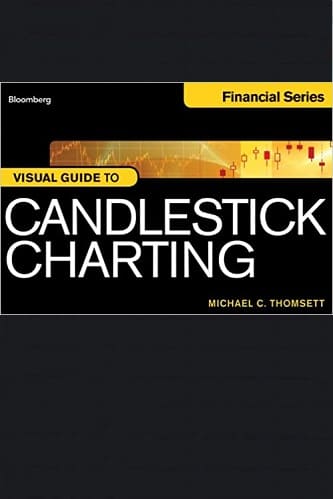
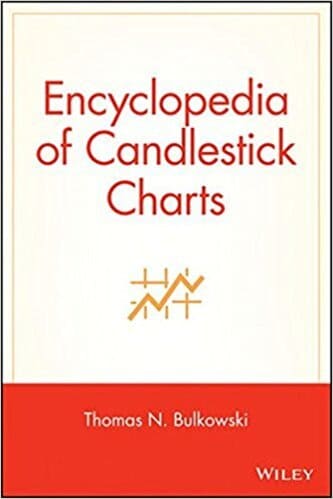
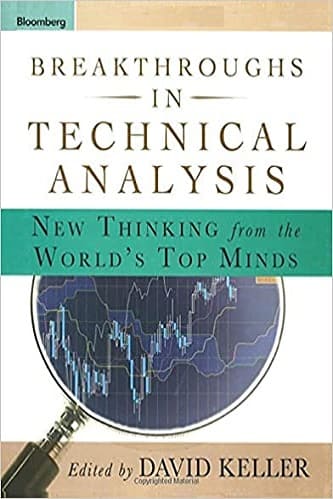
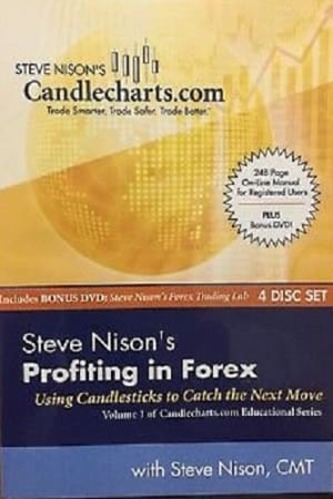
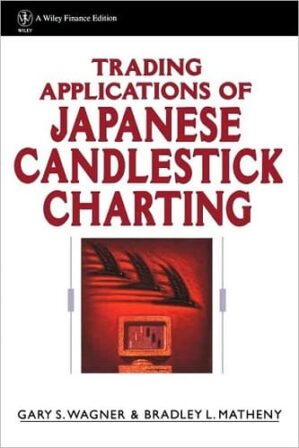

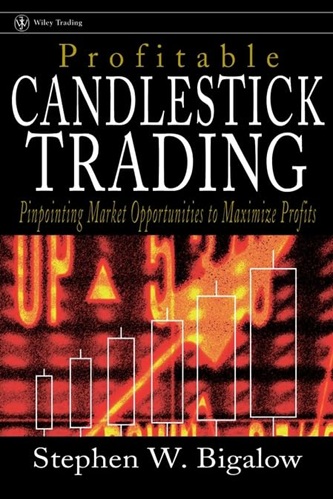

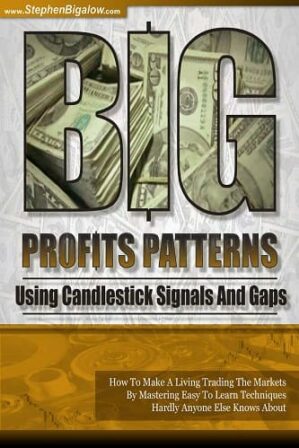
Kashton Hickman (verified owner) –
Michael Thomsett articulates how candlestick interpretation reduces trading risks, improves timing, and assists individuals in managing their portfolios effectively. This book is designed for ease of use and I recommend it highly.
Rosalie Doyle (verified owner) –
It is refreshing to find a book that tackles a complex topic like candlestick chart interpretation and makes it crystal clear. Every chartist and technician should keep this book close at hand. The alphabetical and visual combination makes this the book of choice on candlestick charting.
Ernesto Kelley (verified owner) –
awesome
Scarlette Horn (verified owner) –
Repetitive sometimes
Alex Mahoney (verified owner) –
A good basic description of understanding candlestick patterns, way over priced for what it is.
Jessica Blankenship (verified owner) –
The book turned out to be an encyclopedia of candlestick patterns. No info on how well they perform, only a clear description of each one in alphabetical order. If this is what you want it will do a good job of filling your needs, if you want trading information involving candlesticks purchase some other book.
Wilson Ortiz (verified owner) –
Michael Thomsett does a great job of explaining the basics of candlestick charts and showing examples of patterns more likely to help to buy and sell decisions.
Thomsett walks readers through the basics of candlestick charts, contrasting them with more traditional price charts. He then shows readers a large number of candlestick chart formations, presented in alphabetical order.
This book is extensive and does a good job of explaining concepts with well-constructed charts. It strikes a good balance between introducing candlestick charting and showing specific patterns for advanced traders. The images are clear and well-marked, and the text is easy to understand.
It is a great addition to library on trading ideas and technical analysis.
Megan Delarosa (verified owner) –
This was a great book to read as a stand alone and as supplemental reading. It’s simple, clear, concise, and very helpful. Great for novice
Emerie Mills (verified owner) –
I found his Illustrations to be very good. His material is and review is also okay as far as it goes. I find that most writers continually use one day candlesticks charts only. Unfortunately, they create a false signal quite often. I have found 3 day candlesticks charts to be more accurate. Also, even though this is primarily about candlestick charts support and resistance trend lines and trading volume, would make the reader very much more aware of the accuracy you are analyzing. I’m not taking away from Mr.Thomsett’s book. However, as I went through it and matched the time frames and companies used with his signals, if you are a swing trader as I am, you would have come to many incorrect conclusions. There are instances where what is stated did not last very long. It may be more appropriate for a day trader. Here is an example of what I am talking about page 157 reviewing GE. He discusses a matching high as a bearish signal. Well it was for a brief period, but the stock went from around $16.80 on 11-8-2010 and dropped to $15.75. The support level at that time was right around $15.70 which held and on 11-24-2010 the stock went on a very nice ride up from right around $15.70 to a high where a doji top at approximately $21.40. All that I’m saying is you really have to pay attention to where you are besides the candlesticks or you could be taking losses instead of gains. The 3Day Candllestick and support would maybe made you consider if this really would be where you want your money to be. Again I am a Swing Trader.
Anna Nash (verified owner) –
I own A LOT of books on Technical Analysis, and this one is the best! The visual references are easy to understand and the tips and explanations are spot on.